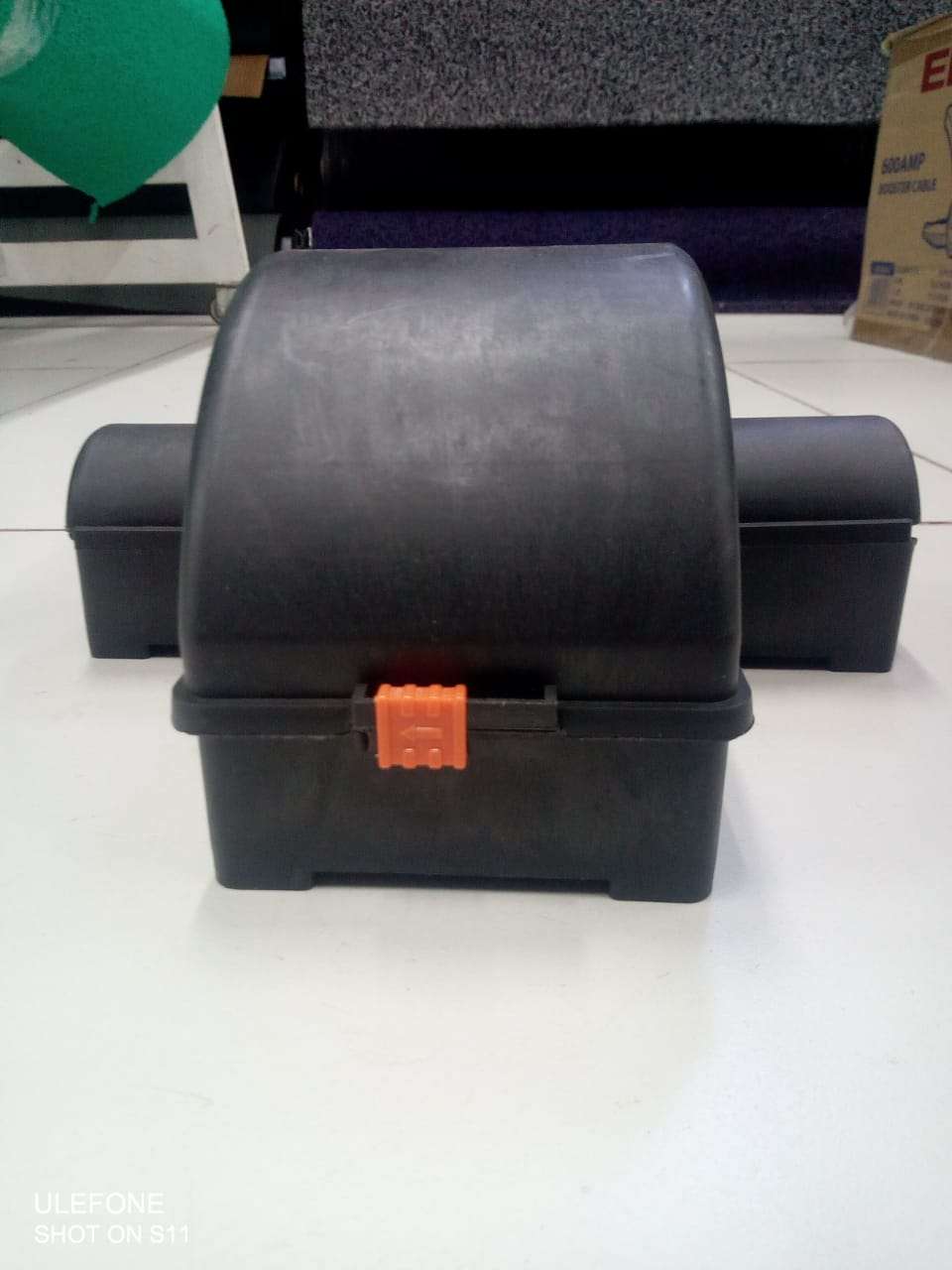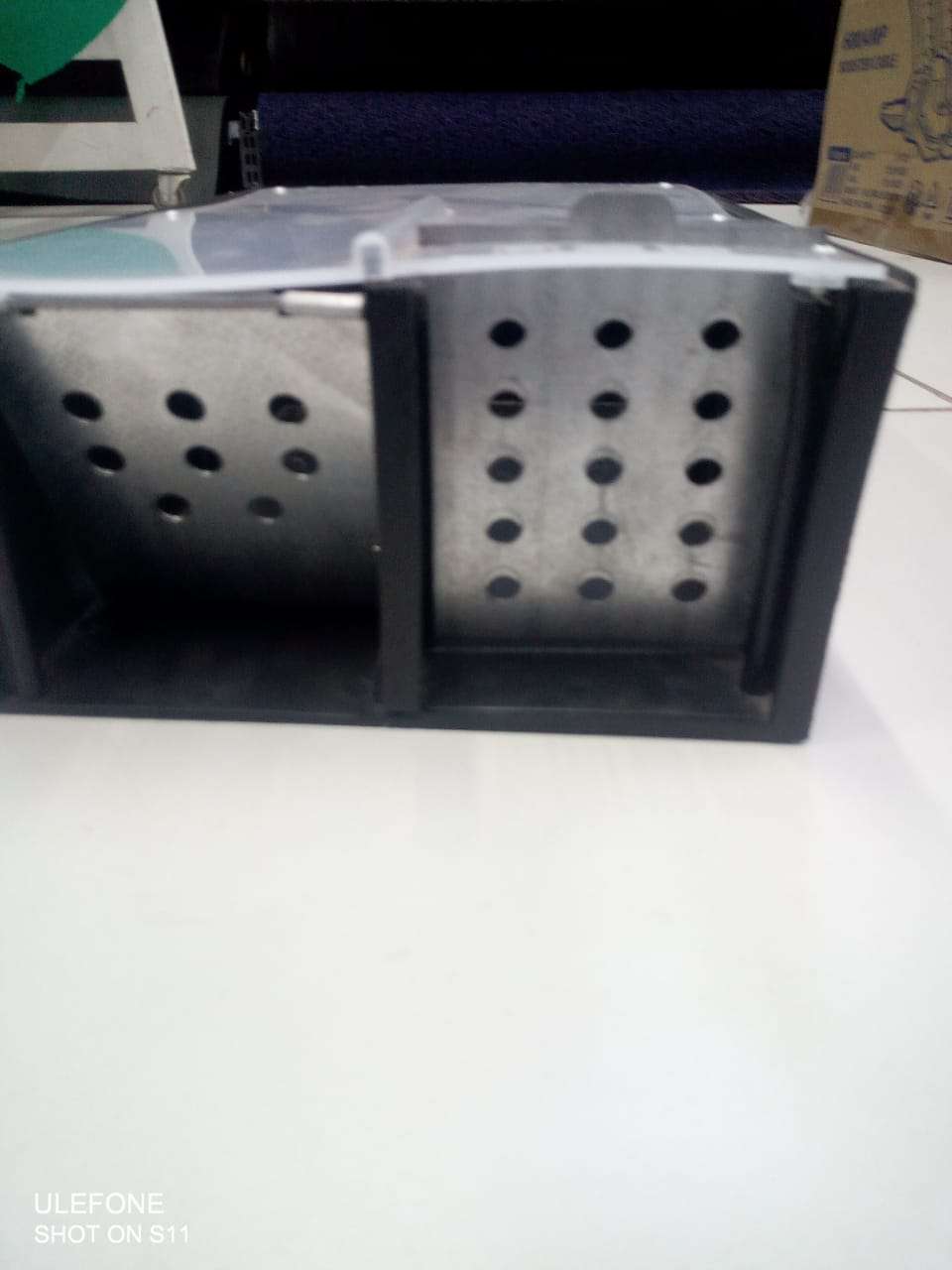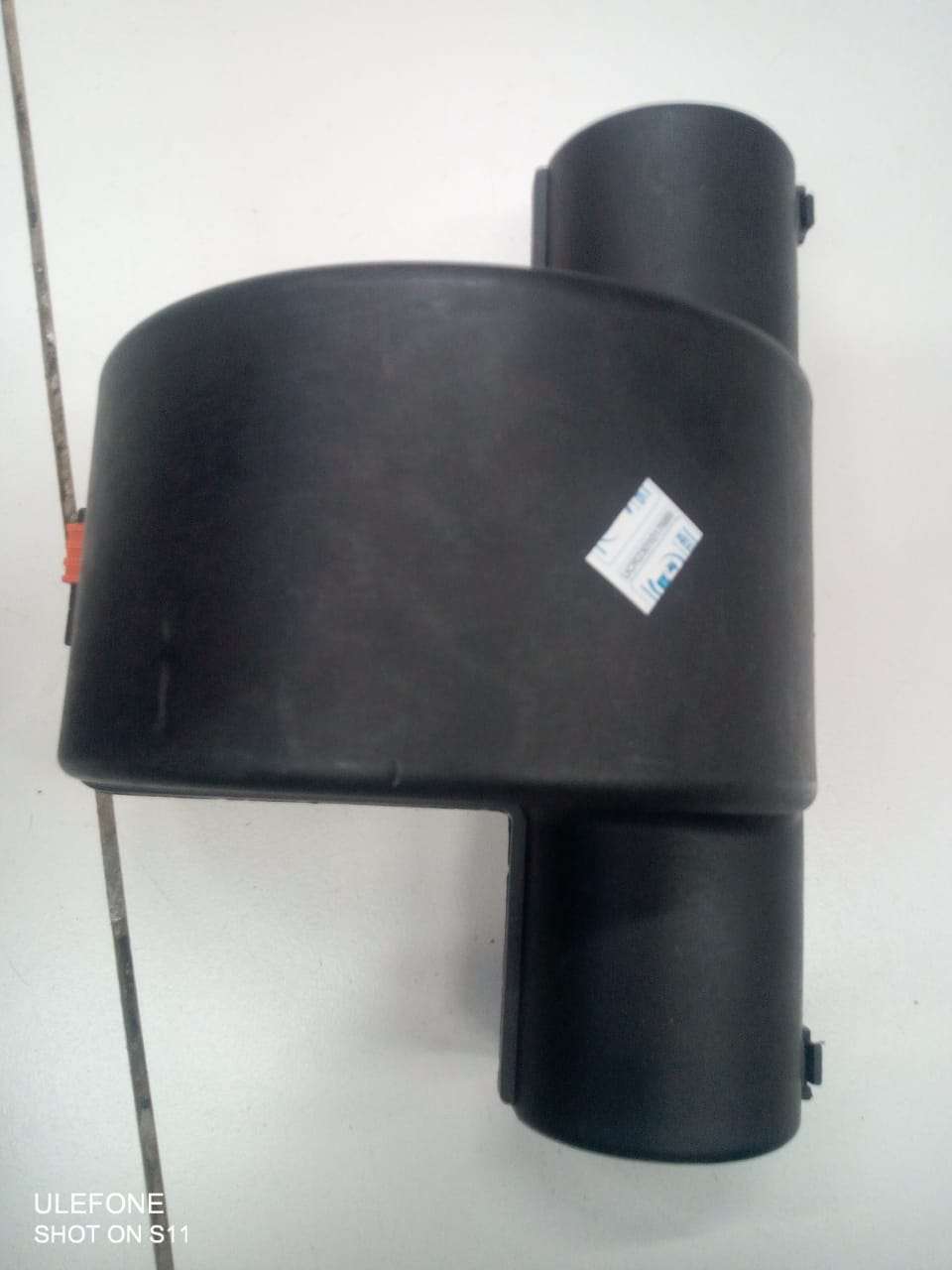Effective Rat Bait Stations: Secure Solutions for Rodent Control in Kenya

Description
Effective Rat Bait Stations: Secure Solutions for Rodent Control in Kenya
Rat bait stations are essential tools for controlling rodent populations in both residential and commercial settings. These stations are designed to securely house rodenticide baits, making them an effective and safe option for targeting rats while minimizing risks to non-target animals, children, and the environment.
What Are Rat Bait Stations?
A rat bait station is a durable, tamper-resistant container that holds rodenticide baits. They are strategically placed in areas where rat activity is evident, such as along walls, near burrows, and in hidden corners. The primary components of a bait station include:
– Housing Unit: Typically made from heavy-duty plastic or metal, it protects the bait from weather elements and non-target species.
– Bait Compartments: These hold the rodenticides and are designed to be easily accessible to rats but difficult for other animals to reach.
– Locks and Hinges: Secure the station, ensuring that only authorized personnel can open and service it.
Benefits of Using Rat Bait Stations
- Safety: The enclosed design reduces the risk of accidental poisoning of non-target animals, pets, and children.
- Effectiveness: By providing a secure location for bait, these stations ensure consistent access for rodents, increasing the likelihood of ingestion.
- Durability: Built to withstand various weather conditions, bait stations can be used both indoors and outdoors.
- Monitoring: Many bait stations come with features that allow for easy inspection and monitoring, helping to track the effectiveness of the pest control program.
-
How Do Rat Bait Stations Work?
- Placement: Stations are placed in areas with high rat activity. Ideal locations include near food sources, nesting areas, and along established rodent pathways.
- Baiting: The stations are loaded with rodenticides, which are often anticoagulants that cause internal bleeding in rodents after ingestion.
- Inspection and Maintenance: Regular checks are necessary to refill bait, remove dead rodents, and ensure the station remains in good condition.
Types of Rat Bait Stations
– Disposable Stations: Pre-baited and designed for one-time use. Convenient for small-scale or temporary infestations.
– Reusable Stations: More robust and can be refilled with bait multiple times. Suitable for ongoing rodent control programs.
– Indoor Stations: Smaller and designed to fit discreetly within home or office environments.
– Outdoor Stations: Larger and weather-resistant, intended for use in gardens, yards, or around building perimeters.
Best Practices for Using Rat Bait Stations
Strategic Placement: Position stations along walls, near food sources, and in areas where droppings or gnaw marks are evident.
- Regular Monitoring: Check stations frequently to replenish bait and remove any dead rodents.
- Use Fresh Bait: Replace bait regularly to ensure it remains attractive to rats.
- Record Keeping: Maintain logs of station placements, bait usage, and rodent activity to assess the effectiveness of the control measures.
Legal and Safety Considerations
Using rat bait stations requires adherence to local regulations regarding rodenticide use. It’s essential to:
– Follow Label Instructions: Use rodenticides as directed by the manufacturer.
– Employ Integrated Pest Management (IPM): Combine bait stations with other control methods, such as sanitation and exclusion, for comprehensive rodent management.
– Educate Users: Ensure that anyone handling bait stations is aware of proper safety protocols and disposal methods.
Conclusion
Rat bait stations are a vital component of effective rodent control strategies. Their design ensures safety, durability, and efficiency in reducing rat populations. By following best practices and legal guidelines, these stations can significantly contribute to maintaining a rodent-free environment.









Reviews
There are no reviews yet.